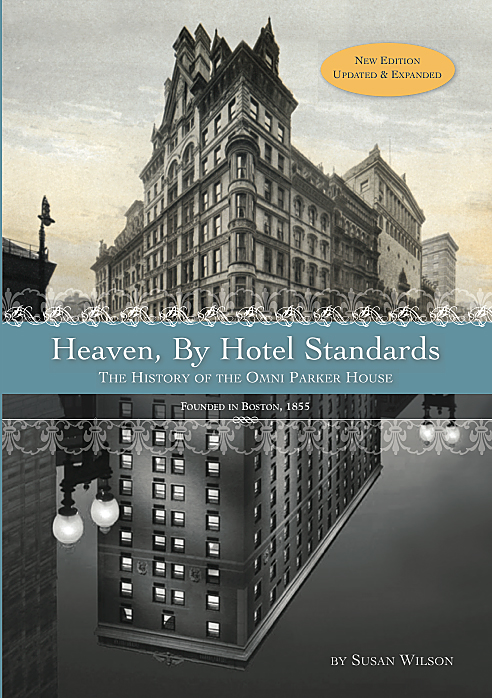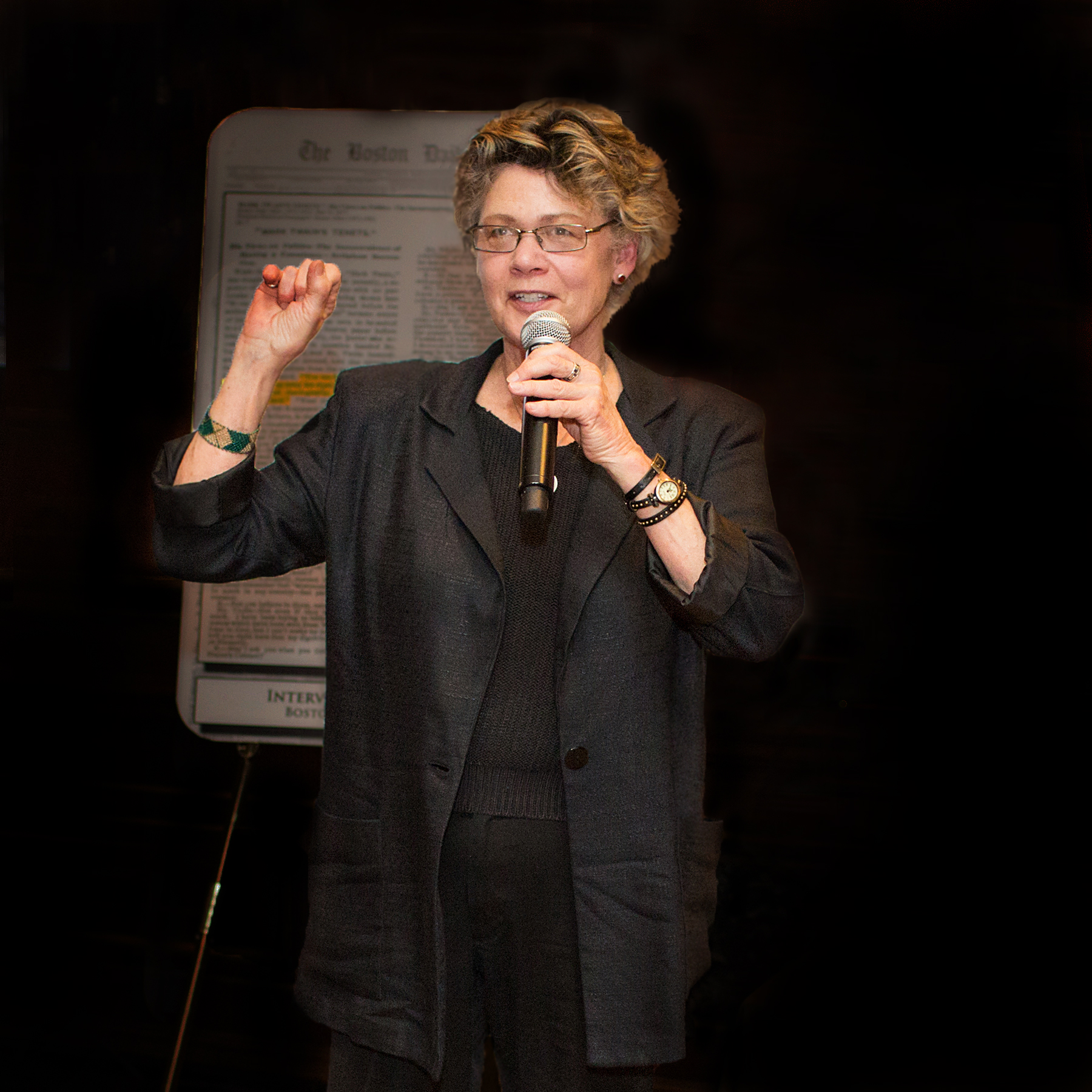Heaven, By Hotel Standards: The History of the Omni Parker House --Lecture and book signing by author Susan Wilson
Improve listing
Presented by
Gibson House Museum


What do Harvey Parker, Mark Twain, Eleanor Roosevelt, Charles Dickens, Boston cream pie, French opera, Nathaniel Hawthorne, John and Jacqueline Kennedy, John Wilkes Booth, Ho Chi Minh, Willa Cather, Parker House rolls, and Kevin Bacon all have in common? The iconic and historic Omni Parker House, the subject of this fascinating slide lecture by the Parker House’s official House Historian, author and photographer Susan Wilson.
The lecture will be followed by a sale and signing of Susan’s newest book, Heaven, By Hotel Standards: The History of the Omni Parker House (2019 edition). Books are $25 each, payable by cash or check.
***
“Wilson is a gem: her presentation was lively, interesting, and packed with Boston history—from architecture, food, and politics to curious people and events. Our whole group was impressed.”
Susan Wilson is the Omni Parker House's official historian. She is also a widely respected photographer, writer, multi-media artist, and public historian who has gained national recognition for her many books on Boston history. For three decades, Susan worked for the New England School of Photography as a faculty member and director of the school's Crosscurrents seminar series. With her broad array of contemporary and vintage images and a slew of wonderful stories, she has become a popular speaker in area lecture halls, libraries, historic sites, and classrooms.
The Gibson House is a historic house museum located in the Back Bay neighborhood of Boston. Now a National Historic Landmark, the home served as residence to three generations of Gibson family members and their household staff between 1859 and 1954. The Museum’s four floors of period rooms, including the original kitchen, are a time capsule of domestic life in the nineteenth and early twentieth centuries. Visitors experience the house through guided tours that interpret class and culture through the stories and objects of the people who lived and worked there.